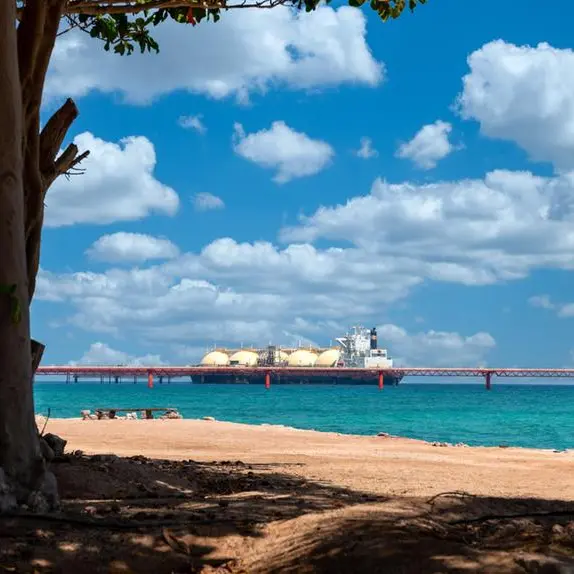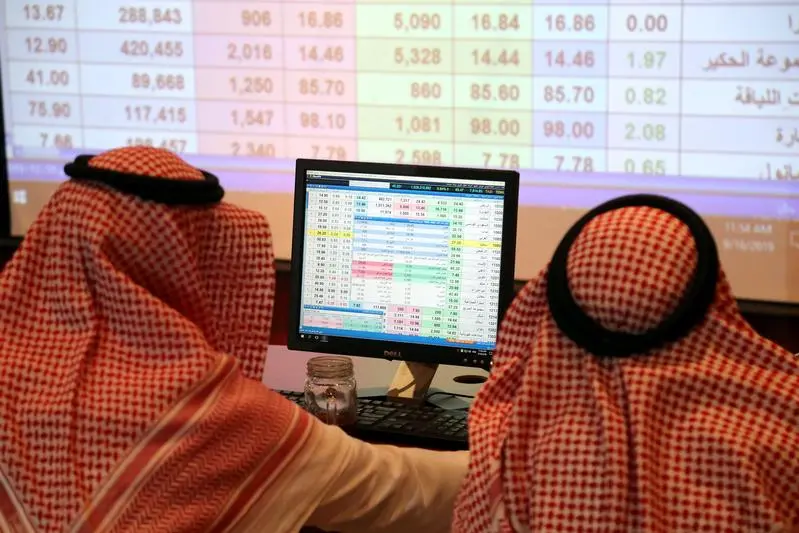PHOTO
The decommissioned Brent Delta Topside oil platform stands in a quay at the Able UK plant's Seaton Port after arriving recently to be scrapped on May 5, 2017 in Hartlepool, United Kingdom.
What can be guaranteed looking at well-trodden mountain range paths? All are interconnected. Consider that the range represents the global oil market and that each path is an oil price benchmark.
No benchmark works in isolation, each act as a guide to offer market participants the necessary transparency to trek the summits of success in trading ecosystems. The robustness of these symbiotic relationshipsin the Middle East and beyondhas a major bearing on the black gold market.
Three benchmark markets largely define global crude oil trading Brent, WTI and Dubaiwith Brent having the widest and deepest global reach of the three.
Shifting sands
Change is constant but the next 12 months will be particularly busy for the global oil community. The implementation of International Maritime Organisations (IMO) new sulphur limit of 0.5 per cent for marine fuels, down from 3.5 per cent, from the first day of 2020 will have ramifications for refiners around the world, which in turn affects the producers of different grades of crude.
The economics of sourer and heavier gradespredominantly associated with the Dubai benchmark and the relationship with lighter grades, which go into the Dated Brent benchmark, are expected to vary considerably in the years ahead due to the IMO sulphur limit.
Looking to meet the continuously growing demand for crude in Asia, traders are increasingly arbitraging the grades that go into Dated Brent moving them from North West Europe to Asia. Flows of Middle Eastern crude to Asia are also rising with vessels travelling from the Middle East to Asia often stopping for bunkers at the UAEs Port of Fujairahthe worlds second largest bunkering port.
IMO 2020 may also change the balances of bunker sales at the worlds leading bunker ports. The staggering growth rate of US crude oil exports which S&P Global Platts Analytics estimates is currently around 2.4 million b/d and forecasts to rise to almost four million b/d by 2020 has dramatically altered global crude flows, with many newer Chinese refiners seeking the light, sweet grades ear-marked for export.
It is the rise of crude exports from the US that has also re-established West Texas Intermediates (WTI) credentials as a major benchmark. Since the 1980s, Platts Dubai has been the primary pricing reference for crude oil delivered to Asian refineries from supplies coming from the Middle East Gulf.
With deep financial markets, available for hedging and an unrivalled track record as the sour crude benchmark of choice East of Suez, Dubais influence and importance has seen remarkable growth through the years. It is the spread between the different crude benchmarks that drive trader behaviours and their value is reflective of the characteristics of the different grades of crude that make up the basket of crude that can be delivered into each benchmark.
Global influence
Dated Brent is the most widely used and robust benchmark for physical crude oil, which means changes to it have importance worldwide. Ensuring the benchmark evolves to remain robust and well supplied to all market participants for the next decade and beyond is critical to the global oil community.
As markets evolve, so too must benchmarks. Relevance and transparency are essential. A key part of S&P Global Platts active stewardship of Dated Brent is to continue to engage extensively with market participants.
We recently proposed to reflect competitive offers of the five North Sea BFOE grades that comprise Dated Brent (Brent, Forties, Oseberg, Ekofisk or Troll) on a CIF (Cost Insurance & Freight) basis delivered into the major hub of Rotterdam as well as the current FOB loading basis effective November 2019-loading cargoes.
The potential inclusion of the BFOE crudes on a delivered Rotterdam CIF basis, would ensure that every barrel of the grades currently reflected in Dated Brent is able to play the fullest possible role in establishing the value of North Sea crude.
We believe these changes will strengthen Dated Brent as a global benchmark to ensure it remains relevant for participants to value term contracts and exploit arbitrage opportunities (including in the Middle East). Feedback is requested from market participants by 14 February 2019, ahead of IP Week in London in February.
In addition, Platts continues to consult with market participants on the potential inclusion of other grades beyond the current five in Dated Brent. While we observe regular trade flow into the Northwest European region, trade practises are still evolving and becoming more transparent, and we will continue the consultation with stakeholders.
Clear communication ensures that the relevance and transparency of a benchmark are widely and fully understoodvital in this multifaceted market. Therein lies the value of consultations that focus on listening rather than just transmittingwith a varied group of stakeholders that encompasses producers, refiners, trading houses and many others.
The more feedback, the better the pathways will be for those traversing the mountain range in search of energy security and economic prosperity.
2019 CPI Financial. All rights reserved. Provided by SyndiGate Media Inc. (Syndigate.info).





















